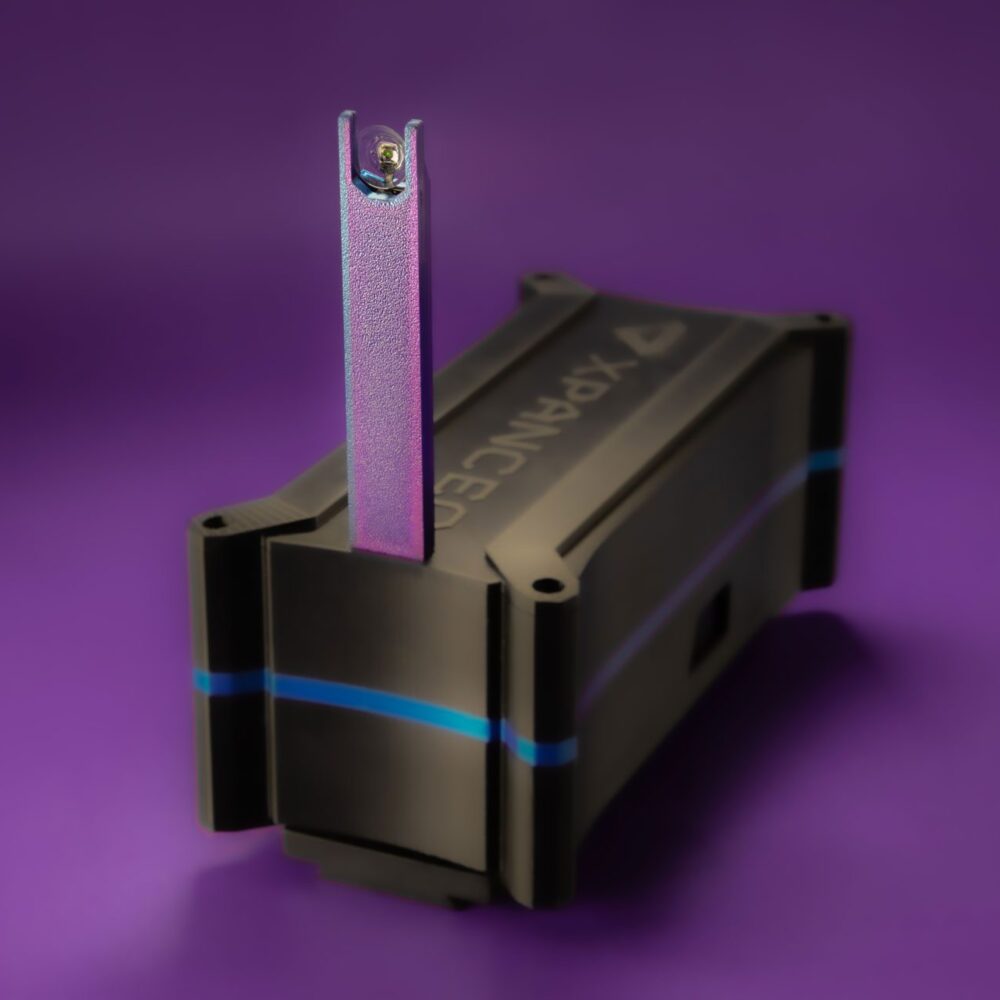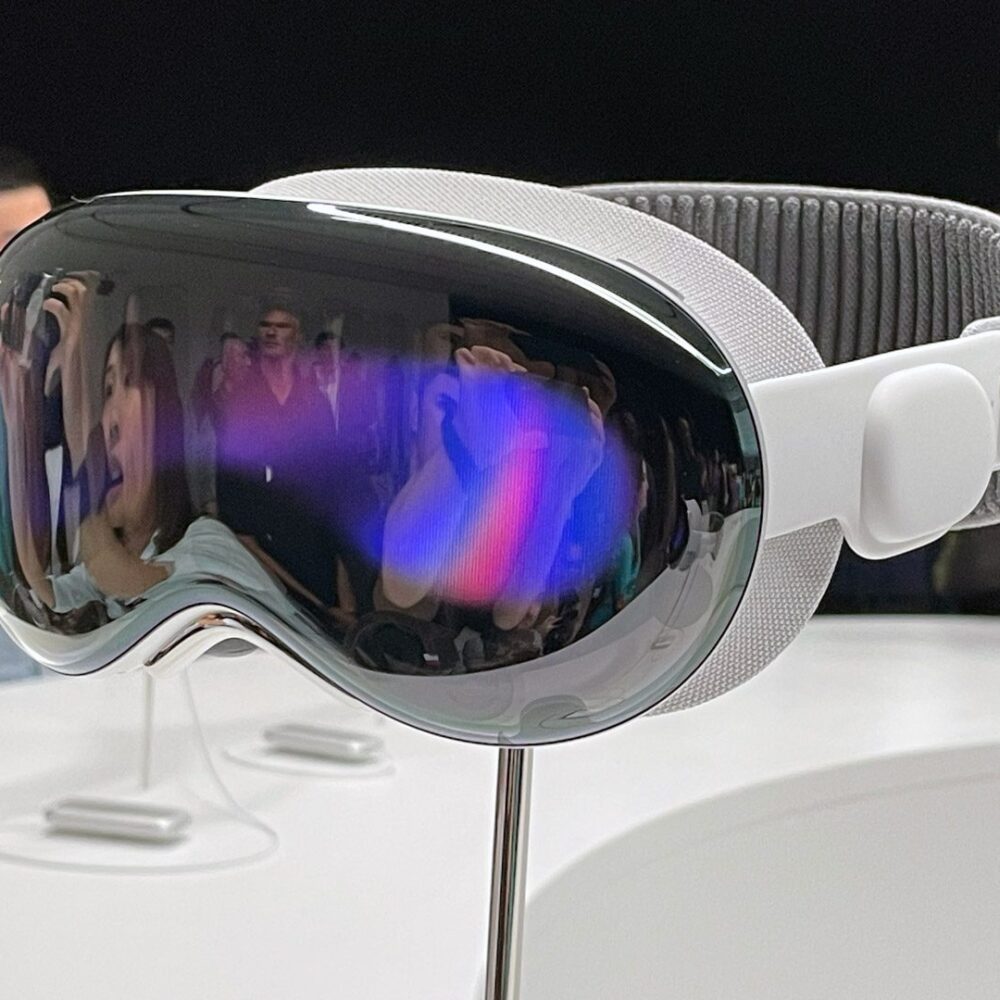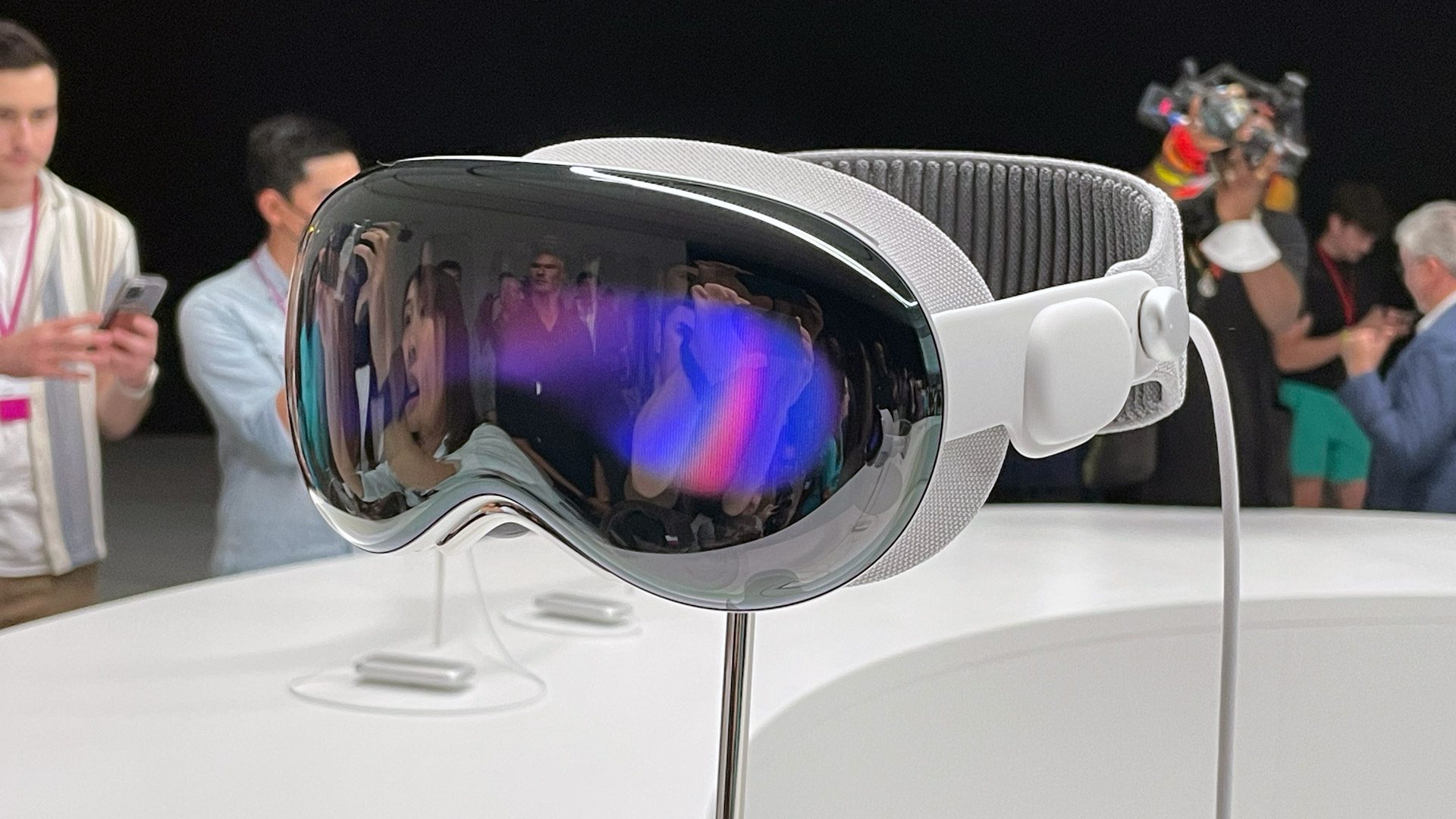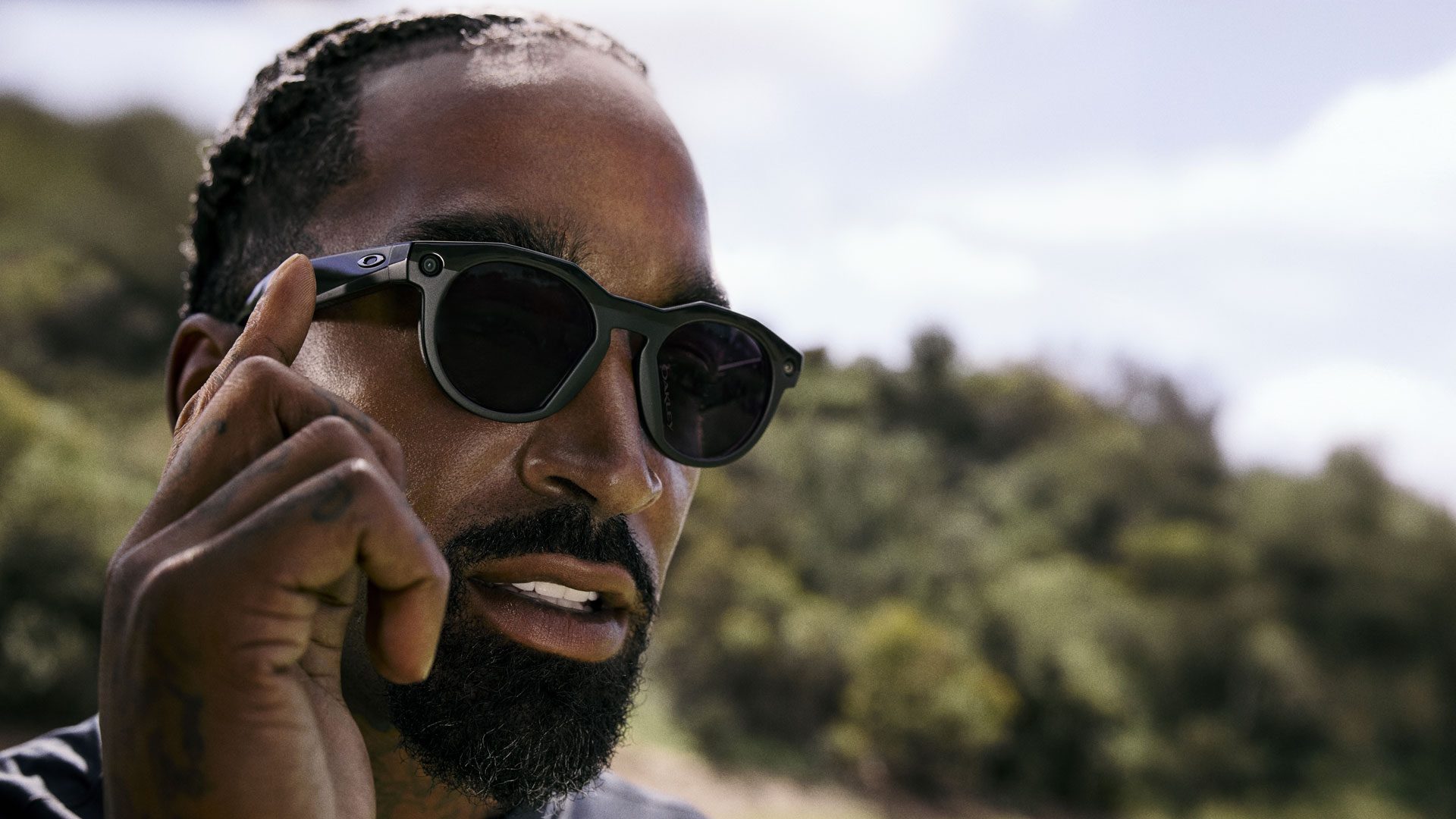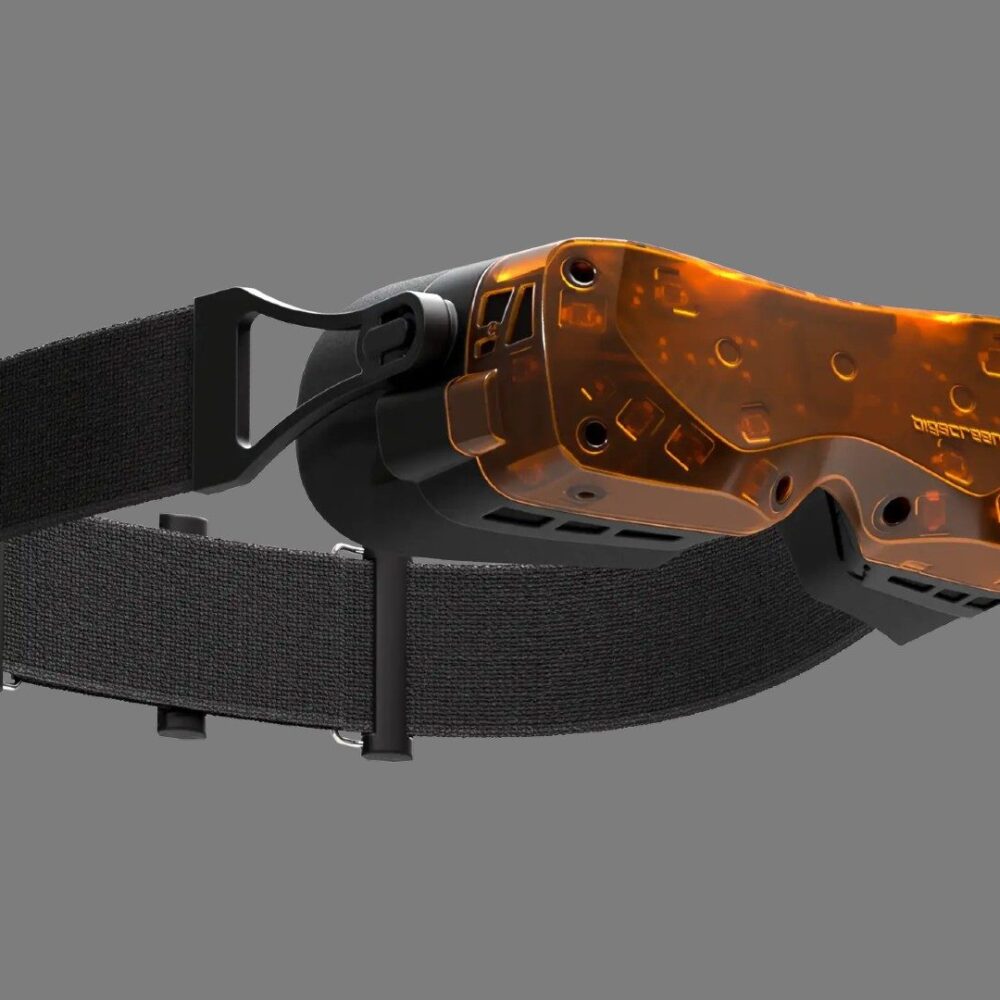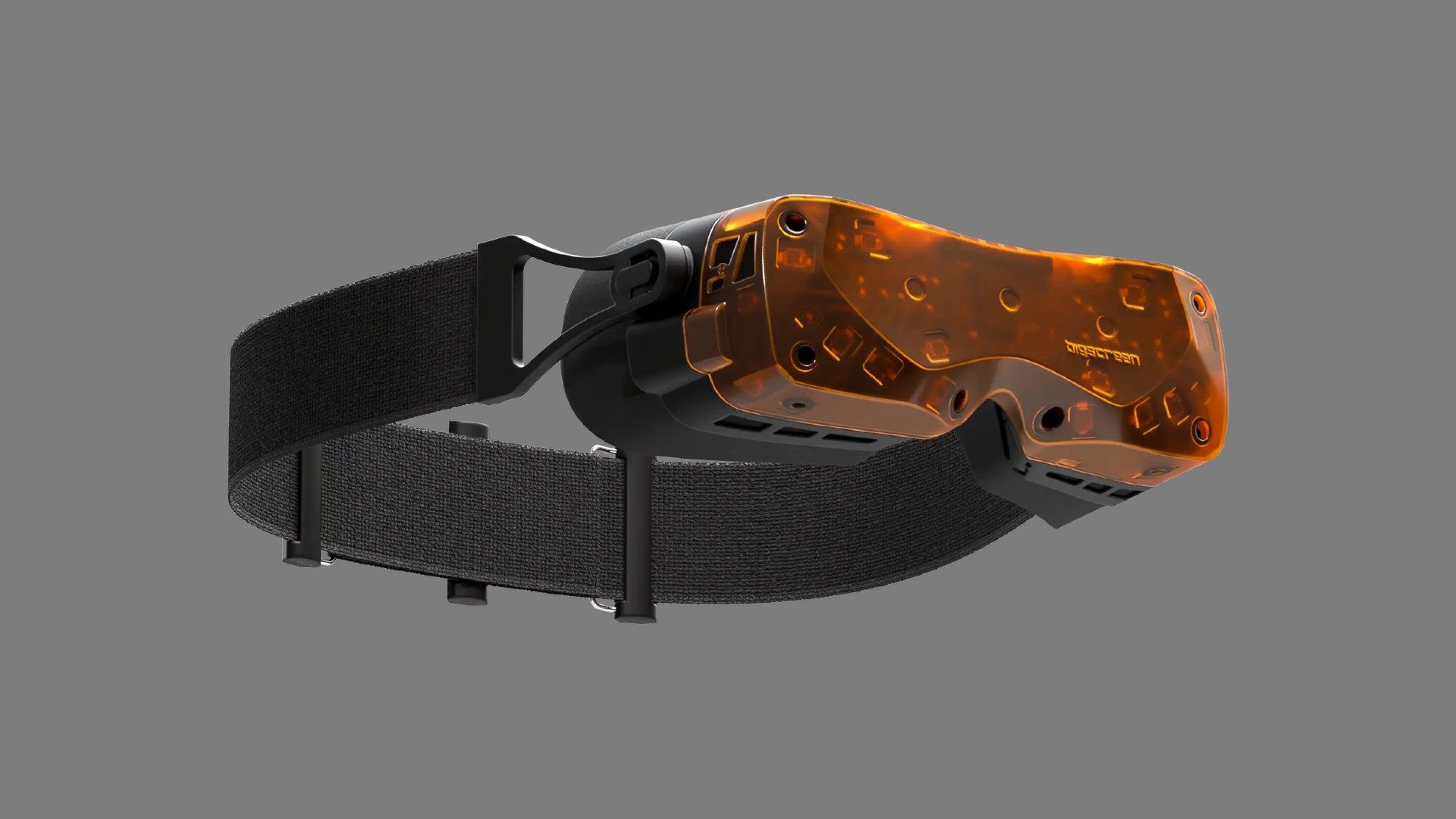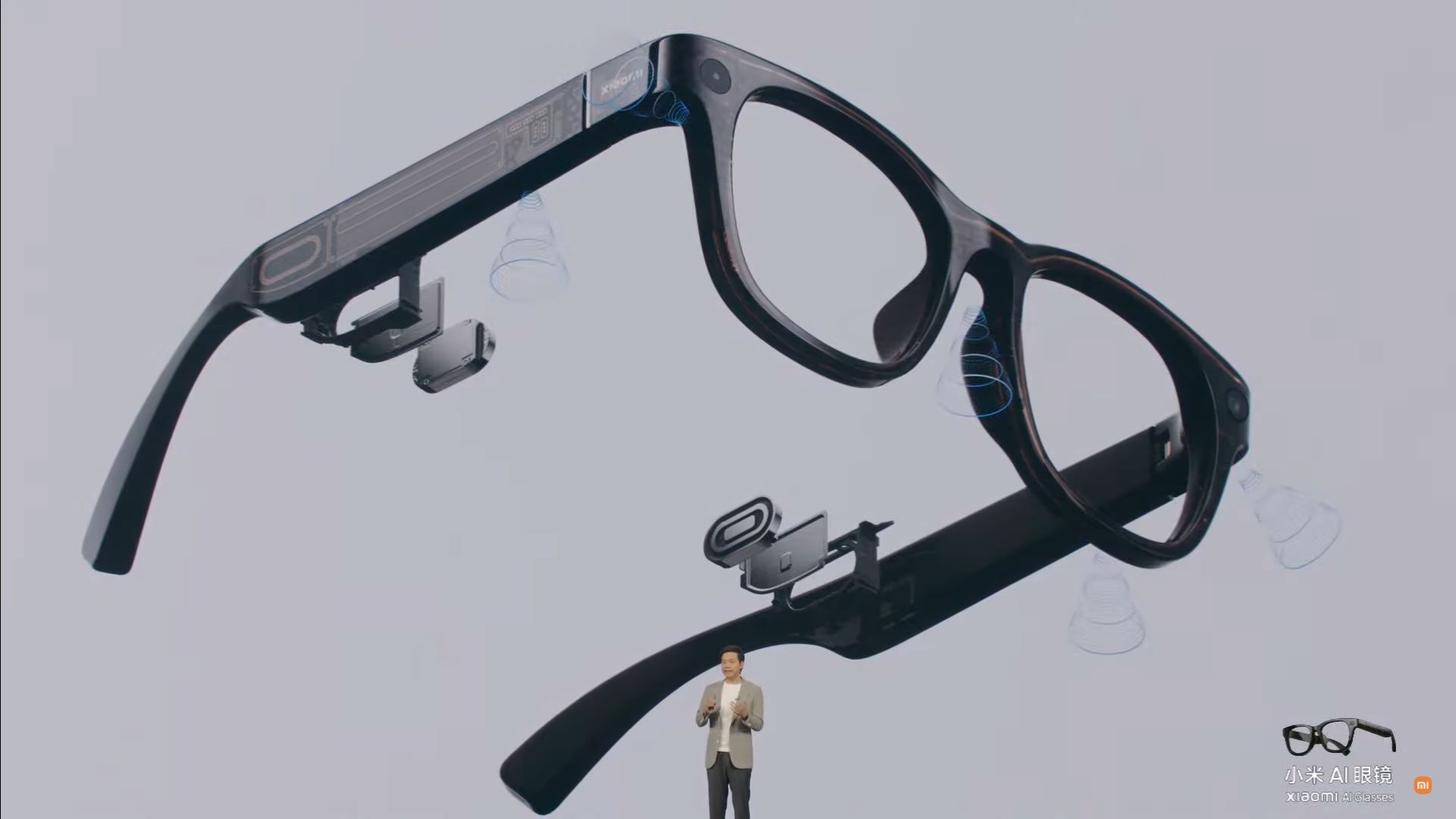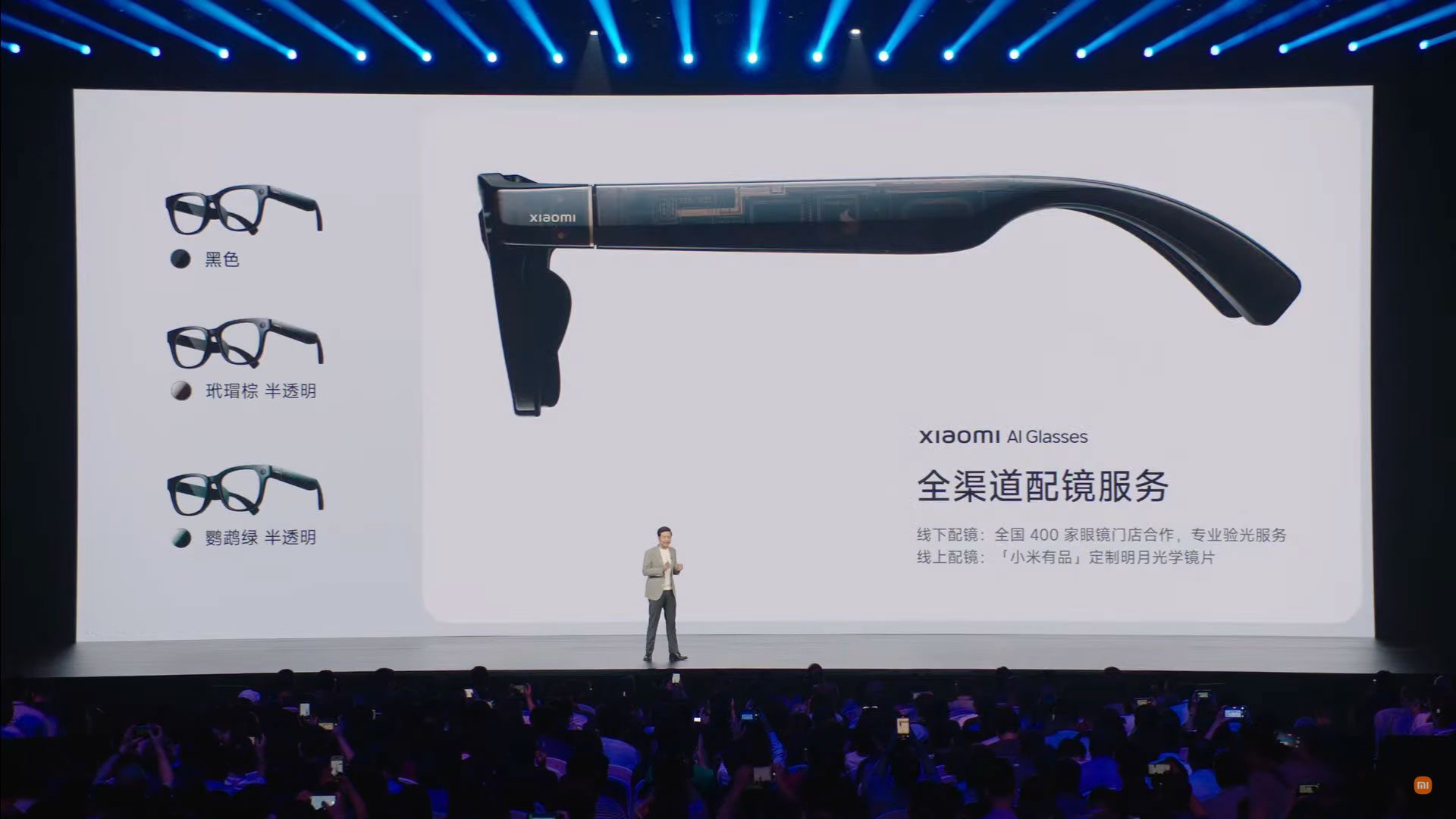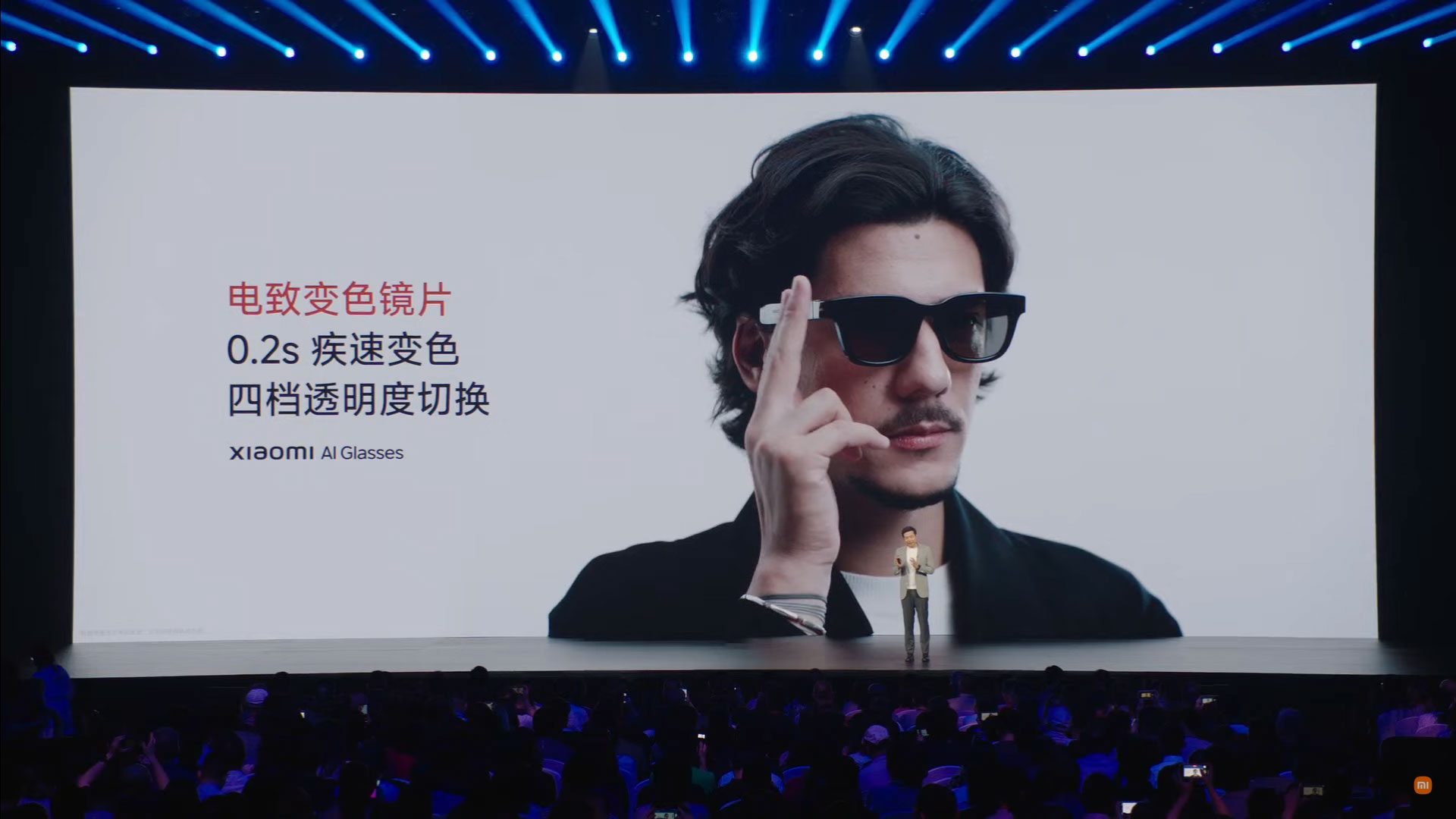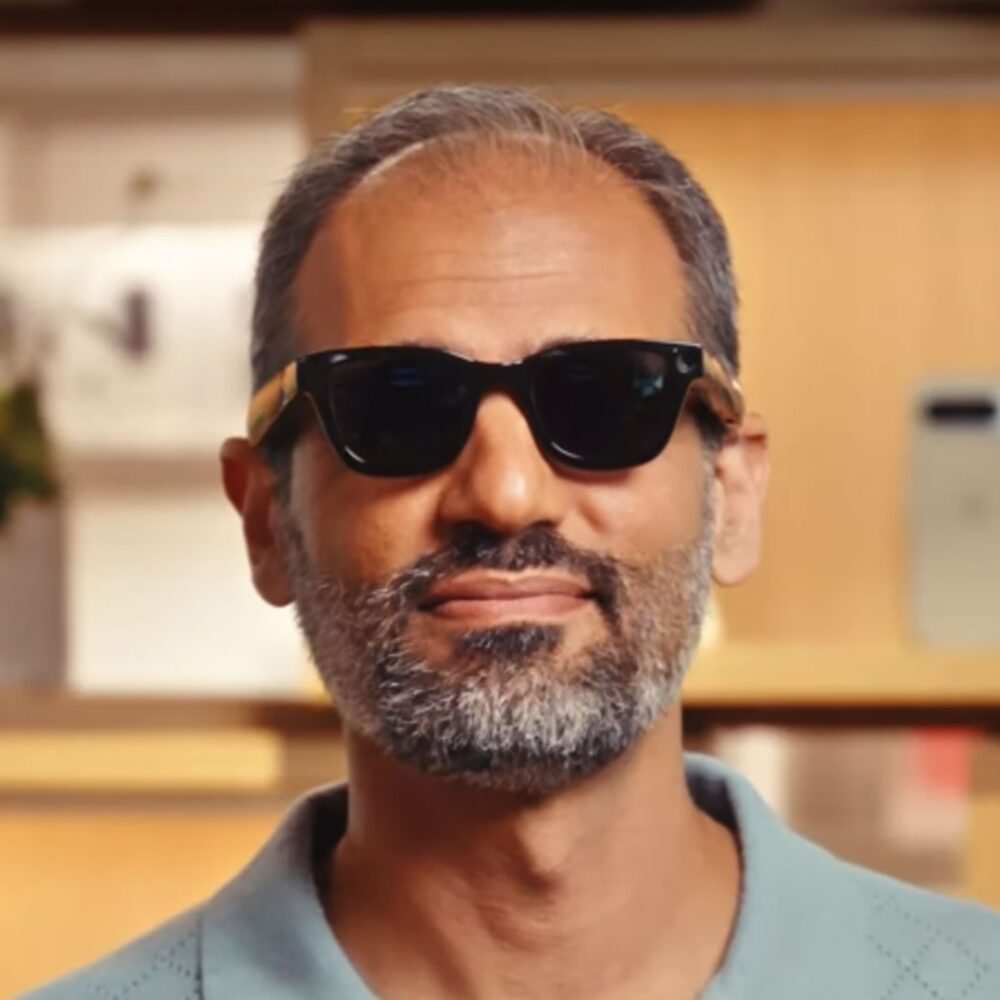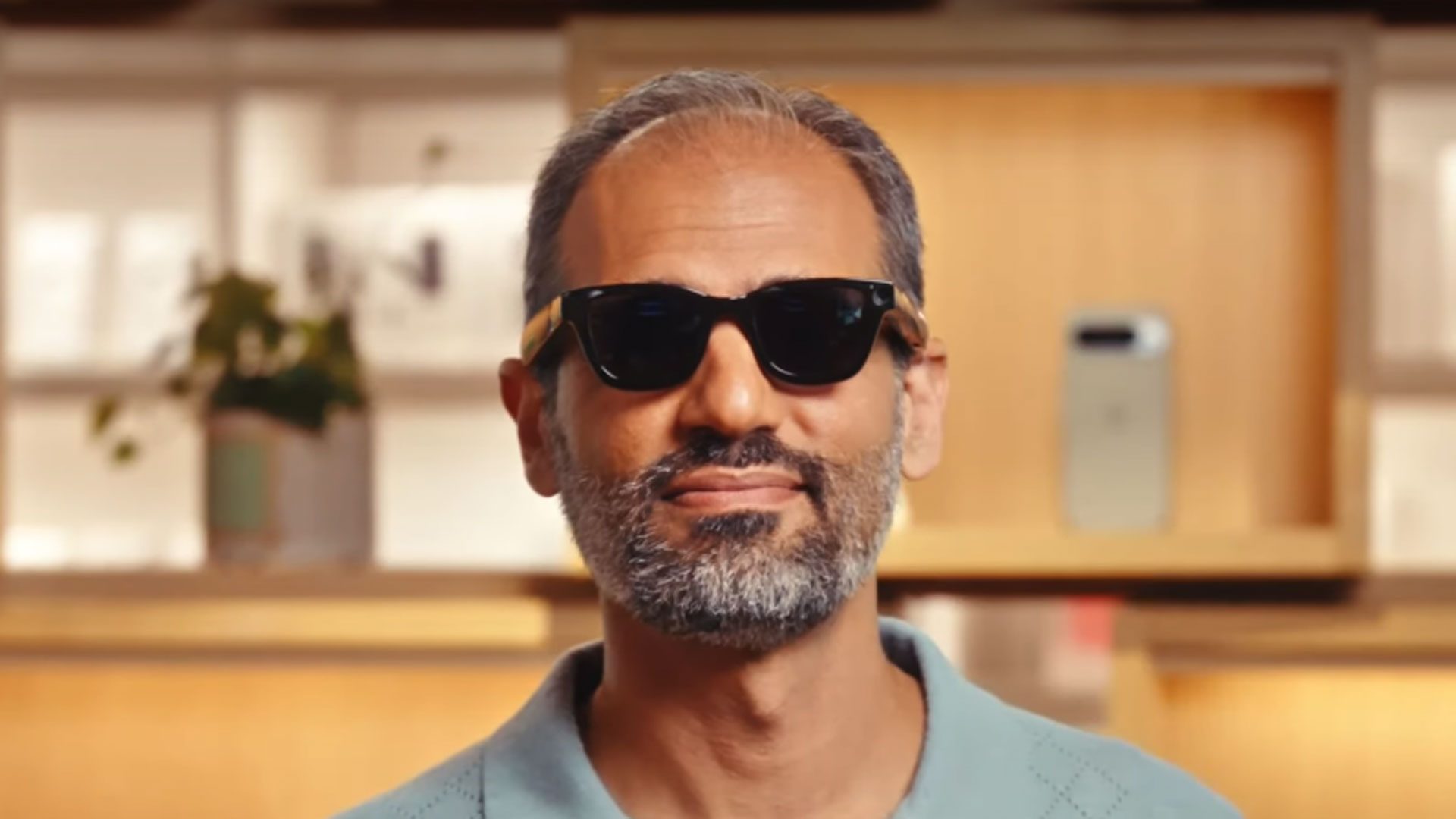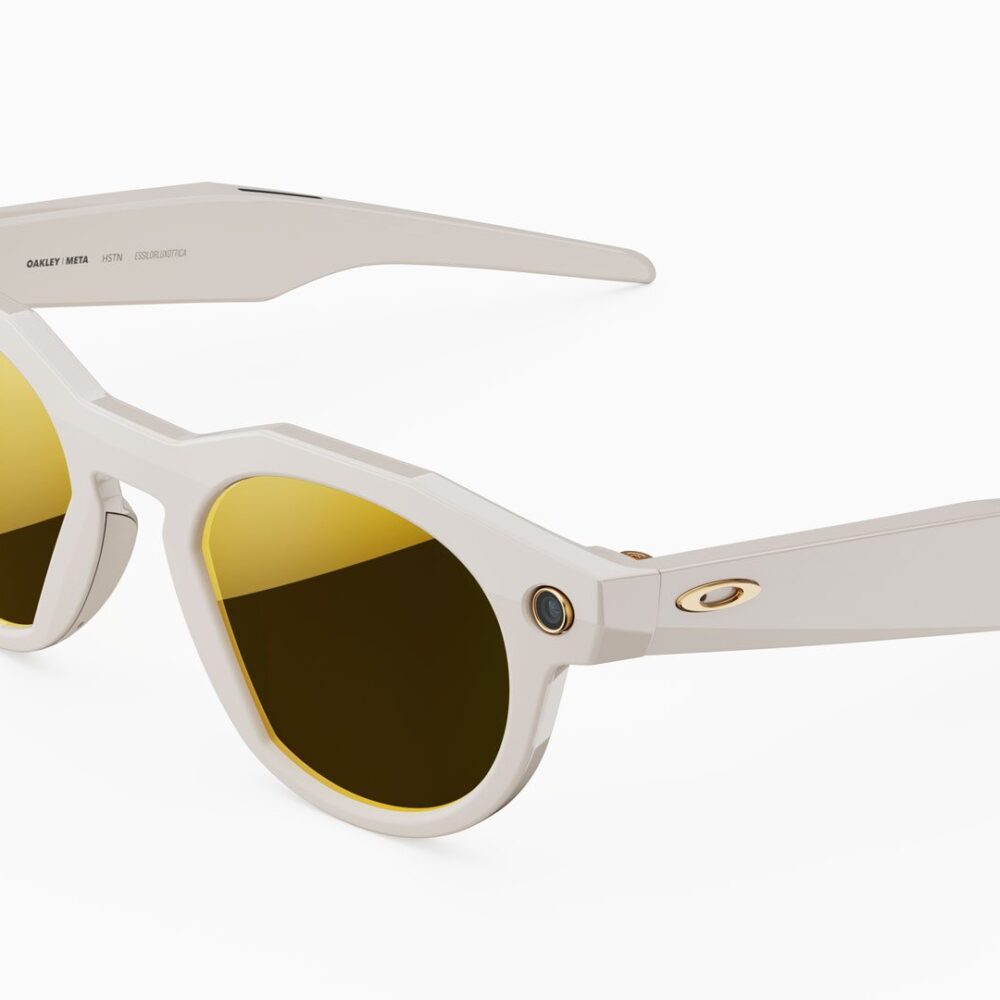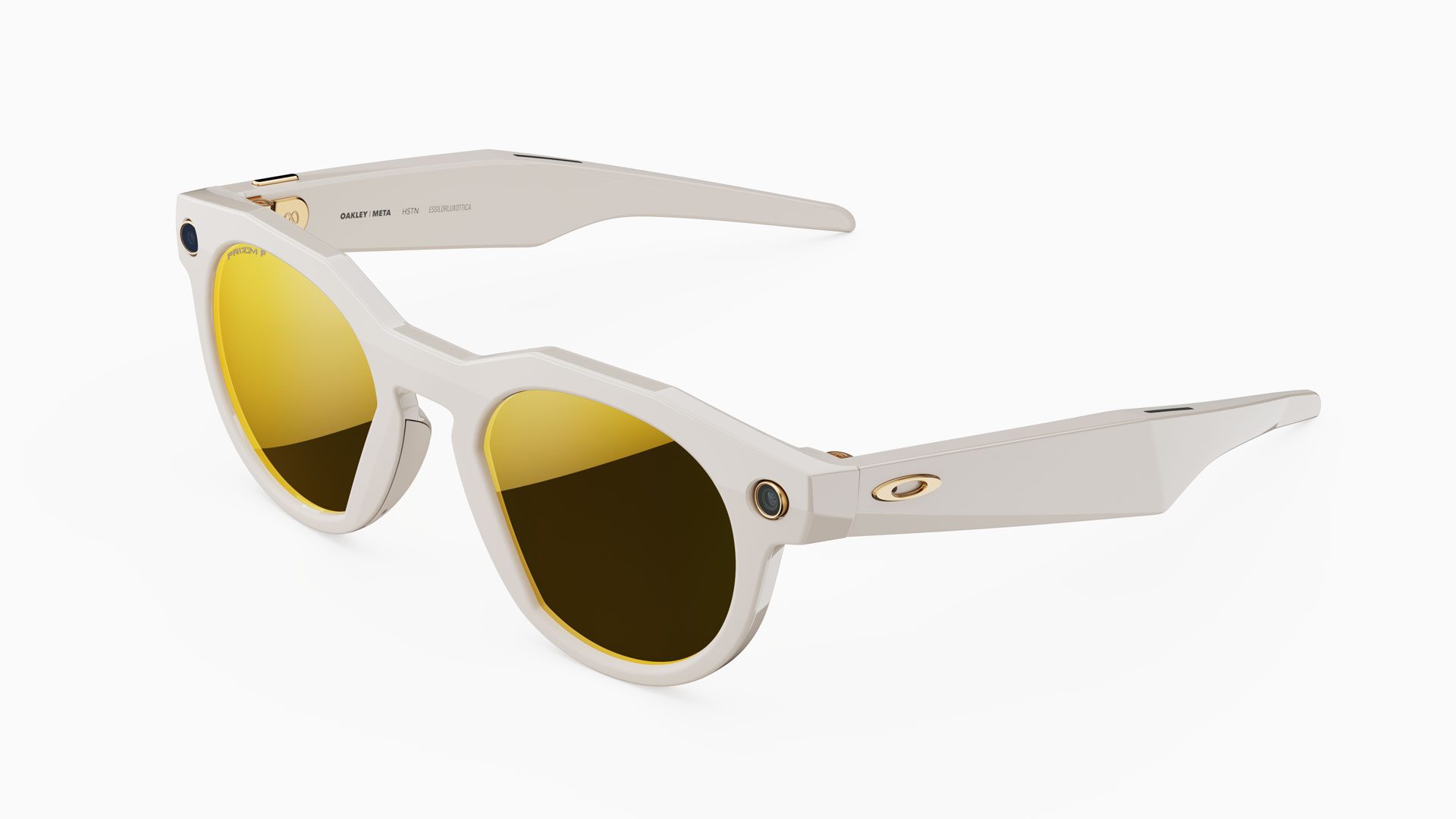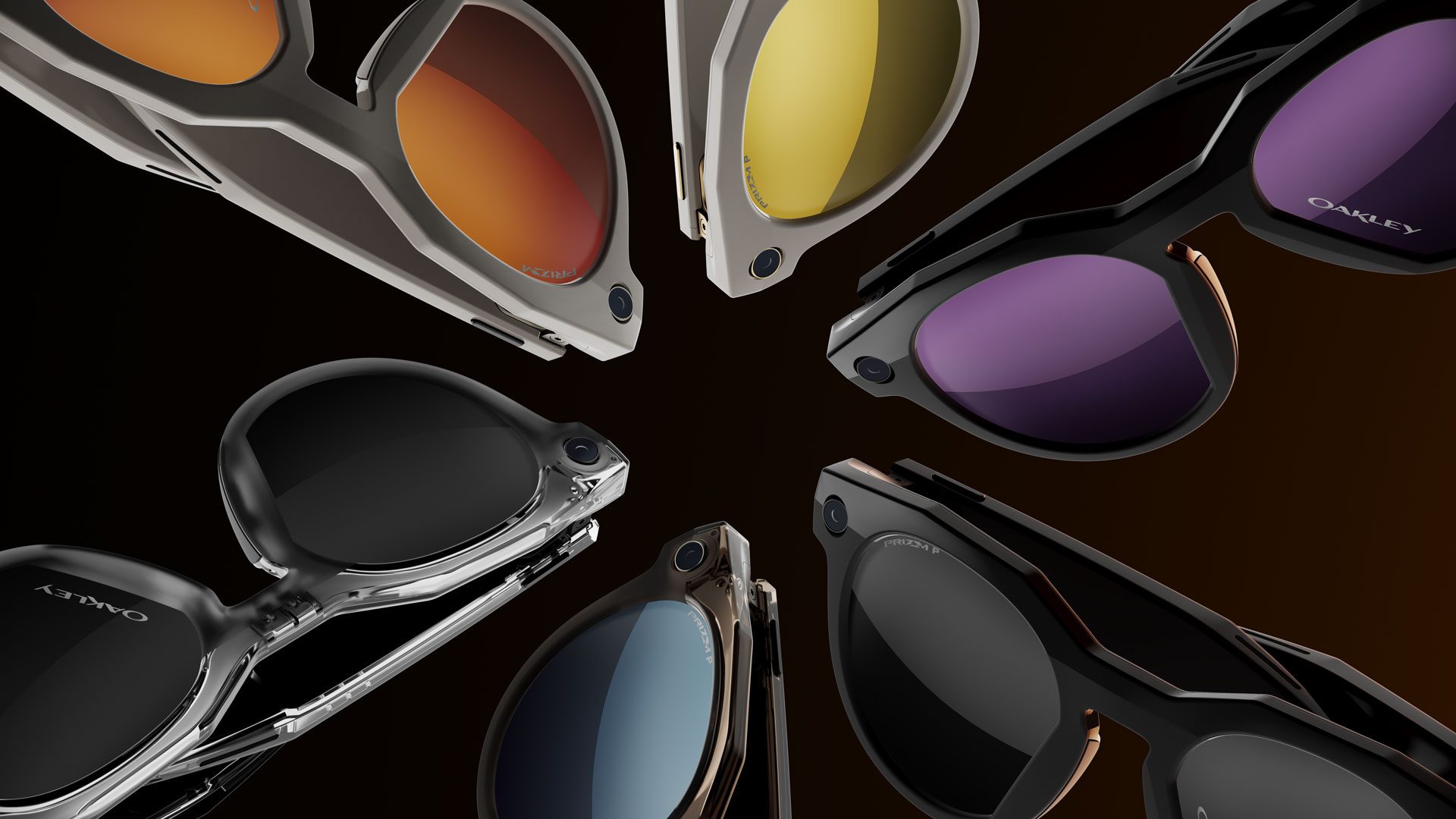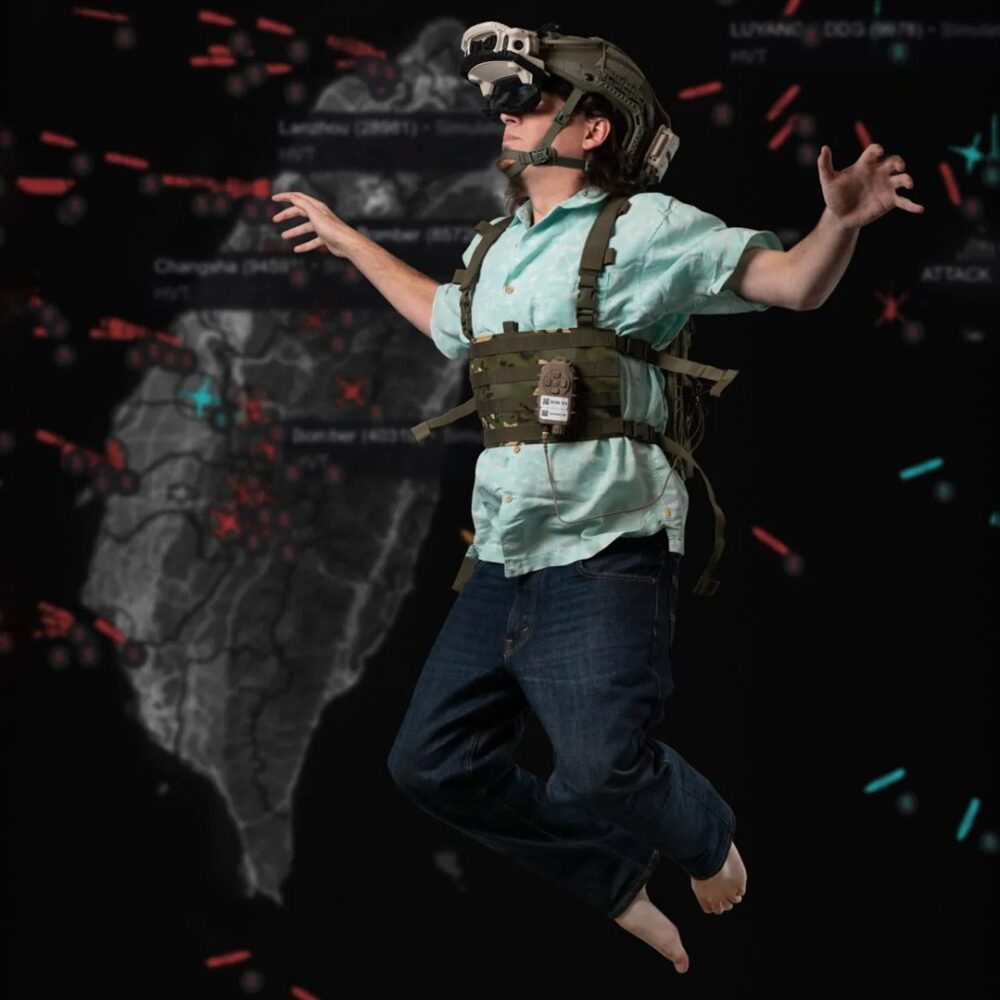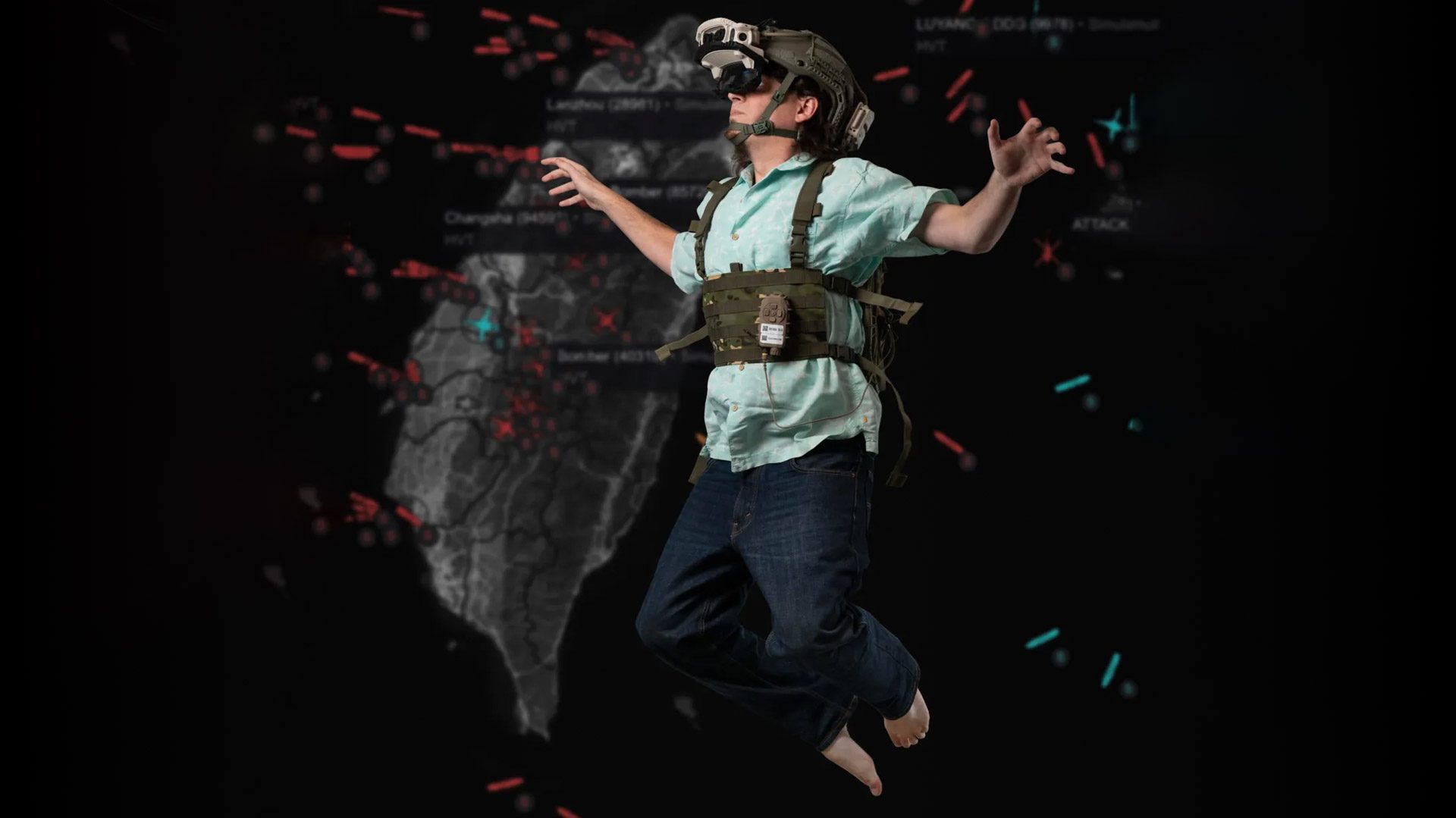Smart contact lens startup XPANCEO announced it’s secured $250 million in Series A funding, putting its valuation at $1.35 billion and minting it as XR’s most recent unicorn.
The funding round was led by Opportunity Venture (Asia), which led the company’s $40 million Seed round in 2023, bringing its overall funding to $290 million, according to Crunchbase data.
XPANCEO, a UAE-based company, says the new funding will “accelerate the company’s mission to launch the world’s first all-in-one smart contact lens,” which is targeted to arrive by 2026.
While the company’s smart contacts are still in prototyping phase, XPANCEO says they will integrate XR, real-time health monitoring, night vision, and zoom features.

“Becoming a unicorn is a powerful signal that we’re on the right path,” said Roman Axelrod, founder and Managing Partner at XPANCEO. “In just 24 months, we’ve developed 15 working prototypes, each unlocking a new layer of possibility. Our vision remains the same: to merge all your devices into a single, invisible interface – your eyes.”
Since its 2023 seed round, XPANCEO says its fleet of prototypes include a lens for AR vision, a smart lens with intraocular pressure (IOP) sensing for glaucoma monitoring, a biochemical lens capable of measuring health parameters such as glucose directly from tear fluid, and a lens capable of real-time wireless charging and data reading.
Other prototypes feature nanoparticle-enhanced lenses for night vision and color correction, as well as lenses designed for 3D imaging, the company says.

Headed by serial entrepreneur Roman Axelrod and physicist Dr. Valentyn S. Volkov, XPANCEO has grown rapidly since its 2021 founding, expanding from 50 to 100 scientists, engineers, and business leaders. Meanwhile, its lab has expanded to support the increasing scope of its research, the company says.
Over the years, XPANCEO has collaborated with a number of institutions, including the University of Manchester, the National University of Singapore, Donostia International Physics Center, and the University of Dubai.
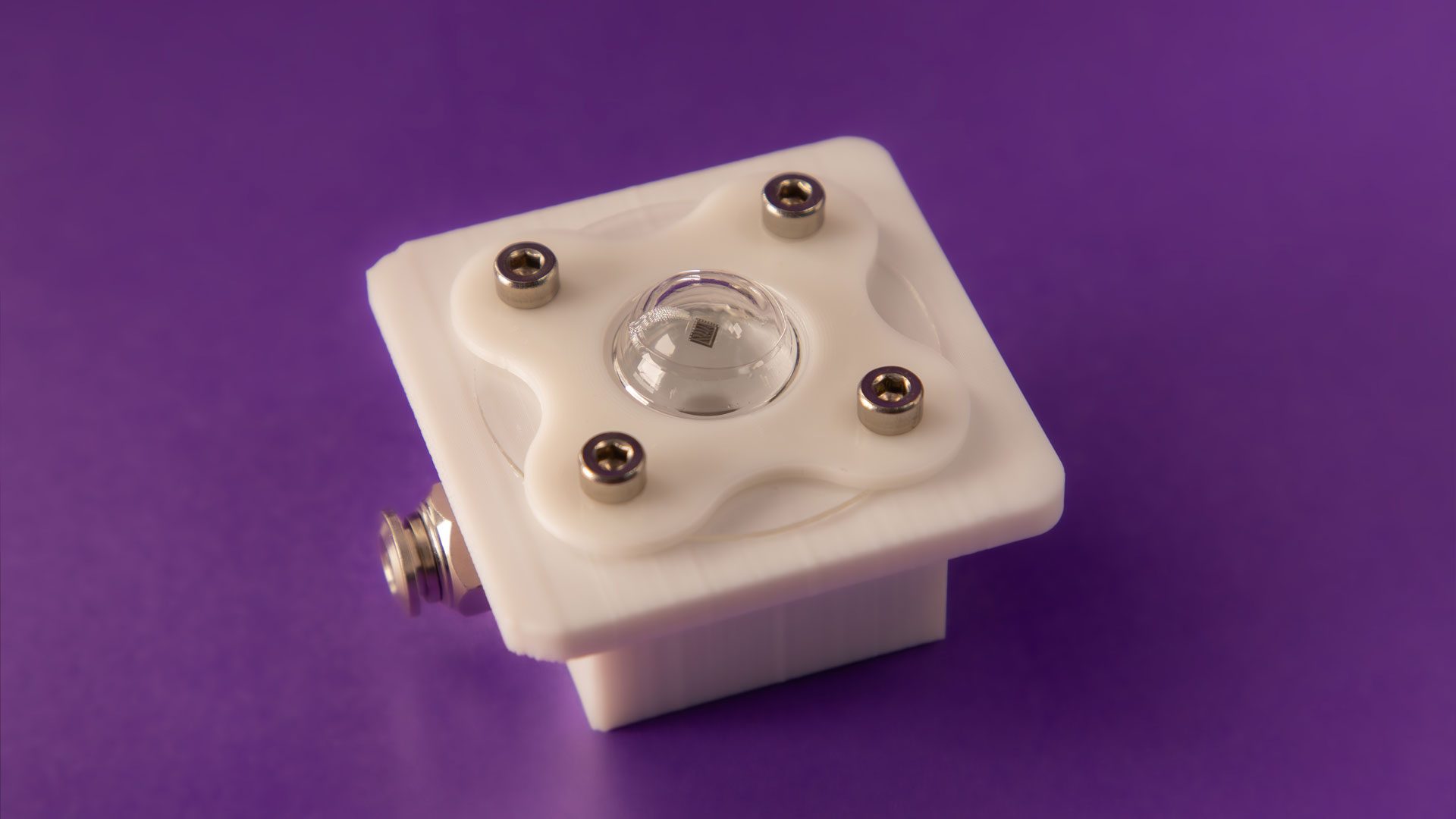
XPANCEO’s new unicorn status puts it alongside some of the most ambitious XR projects to date: AR headset company Magic Leap first broke the $1 billion valuation mark in 2014 with a $542 million Series B investment led by Google, putting it at a max of $6.4 billion valuation in 2018 following its landmark investment by Saudi Arabia’s Public Investment Fund (PIF).
Earlier this year, immersive web content company Infinite Reality announced it raised $3 billion from a private investor to build its “vision for the next generation of the internet,” bringing the company’s valuation to $12.25 billion.
